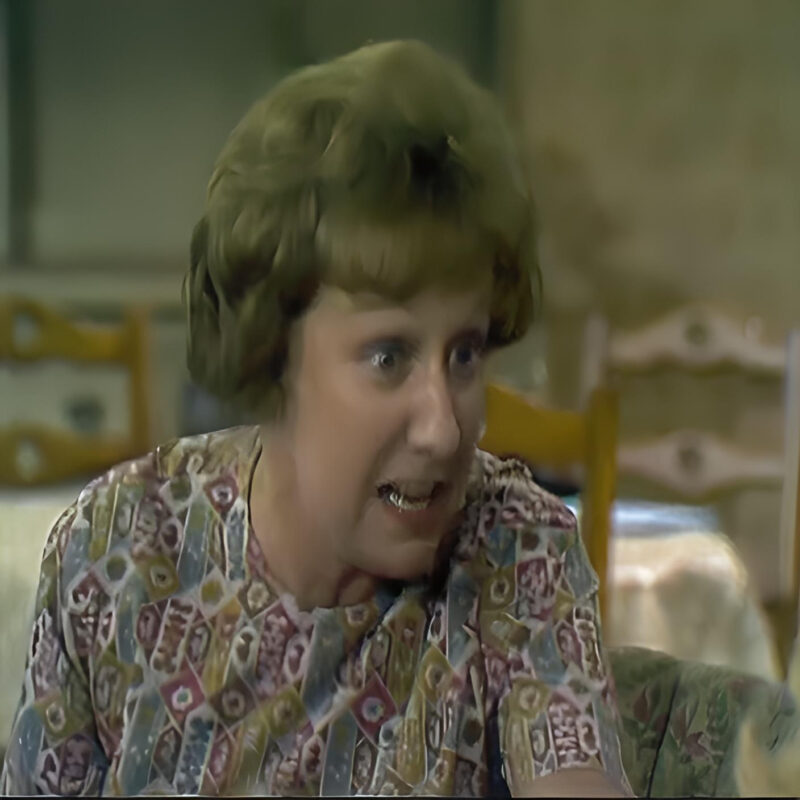
“All in the Family” remains one of the most iconic sitcoms of the 1970s, leaving an indelible mark on television history. Created by Norman Lear and Bud Yorkin, this groundbreaking show was set in Queens, New York, and based on the British sitcom “Till Death Us Do Part.” It became famous for its portrayal of the bigoted patriarch, Archie Bunker (Carroll O’Connor), who was used as a vehicle to comment on the social issues of the time.
The Original Sitcom: “All in the Family” (1971-1979)
“All in the Family” centered around the Bunker household at 704 Hauser Street. Archie and Edith Bunker (Jean Stapleton) lived with their daughter, Gloria (Sally Struthers), and her husband, Mike Stivic (Rob Reiner). The show’s core dynamic was the constant clash between Archie’s conservative views and Mike’s liberal beliefs. Archie’s bigotry, particularly towards his neighbor George Jefferson, was never meant to be accepted but to highlight human prejudices and frailties humorously.
Running for nine seasons with 205 episodes, “All in the Family” had a profound cultural impact. It won multiple Golden Globes and Primetime Emmys and has been referenced in numerous other shows, including “The Simpsons” and “That ’70s Show.” Archie and Edith’s chairs are even displayed at the Smithsonian, cementing the show’s place in American cultural history.
The Spinoffs: A Television Universe Expands
“All in the Family” was so influential that it spawned seven spinoffs, each exploring the lives of minor and supporting characters from the original series.
“Maude” (1972-1978)
The first spinoff starred Bea Arthur as Maude Findlay, Edith Bunker’s cousin. Maude’s liberal views often clashed with Archie’s conservatism, creating memorable television moments. Running for six seasons with 141 episodes, “Maude” tackled serious issues and garnered critical acclaim, often competing with “All in the Family” for awards.
“Good Times” (1974-1979)
A spinoff of “Maude,” “Good Times” focused on Florida Evans (Esther Rolle) and her family’s struggles in a Chicago housing project. The show brought the experiences of Black Americans to mainstream television, running for six seasons with 131 episodes. It was co-created by Mike Evans, who played Lionel Jefferson on “All in the Family” and “The Jeffersons.”
“The Jeffersons” (1975-1985)
Arguably the most successful spinoff, “The Jeffersons” followed George and Louise Jefferson as they moved to a luxurious apartment on New York’s Upper East Side. This show, which ran for 11 seasons and 253 episodes, dealt with race relations and social mobility, becoming a cultural phenomenon in its own right.
“Checking In” (1981)
A short-lived spinoff of “The Jeffersons,” “Checking In” focused on Florence Johnston (Marla Gibbs) as the executive housekeeper of a New York hotel. Despite its promising premise, the show only lasted four episodes.
“Archie Bunker’s Place” (1979-1983)
A direct continuation of “All in the Family,” this series saw Archie running a bar after Edith’s death. It ran for four seasons and provided closure for long-time fans by extending Archie’s story beyond the original series.
“Gloria” (1982-1983)
Sally Struthers reprised her role as Gloria Bunker Stivic in this spinoff, where she starts a new life with her son after separating from Mike. The show lasted for one season with 21 episodes.
“704 Hauser” (1994)
The final spinoff, “704 Hauser,” featured a Black family moving into the Bunkers’ old home. Despite its innovative concept and the return of John Amos from “Good Times,” the show only lasted five episodes.
Revivals and Cultural Legacy
The cultural relevance of “All in the Family” and its spinoffs led to their revival in a 2019 live performance special. This testament to their enduring appeal highlights how these shows addressed important social issues and reflected the changing American landscape.
The universe created by “All in the Family” not only entertained millions but also provoked thought and discussion, making it one of the most significant achievements in television history. From the Bunker household to the Jeffersons’ high-rise apartment, these shows explored complex themes with humor and humanity, leaving a lasting legacy for future generations to appreciate.
